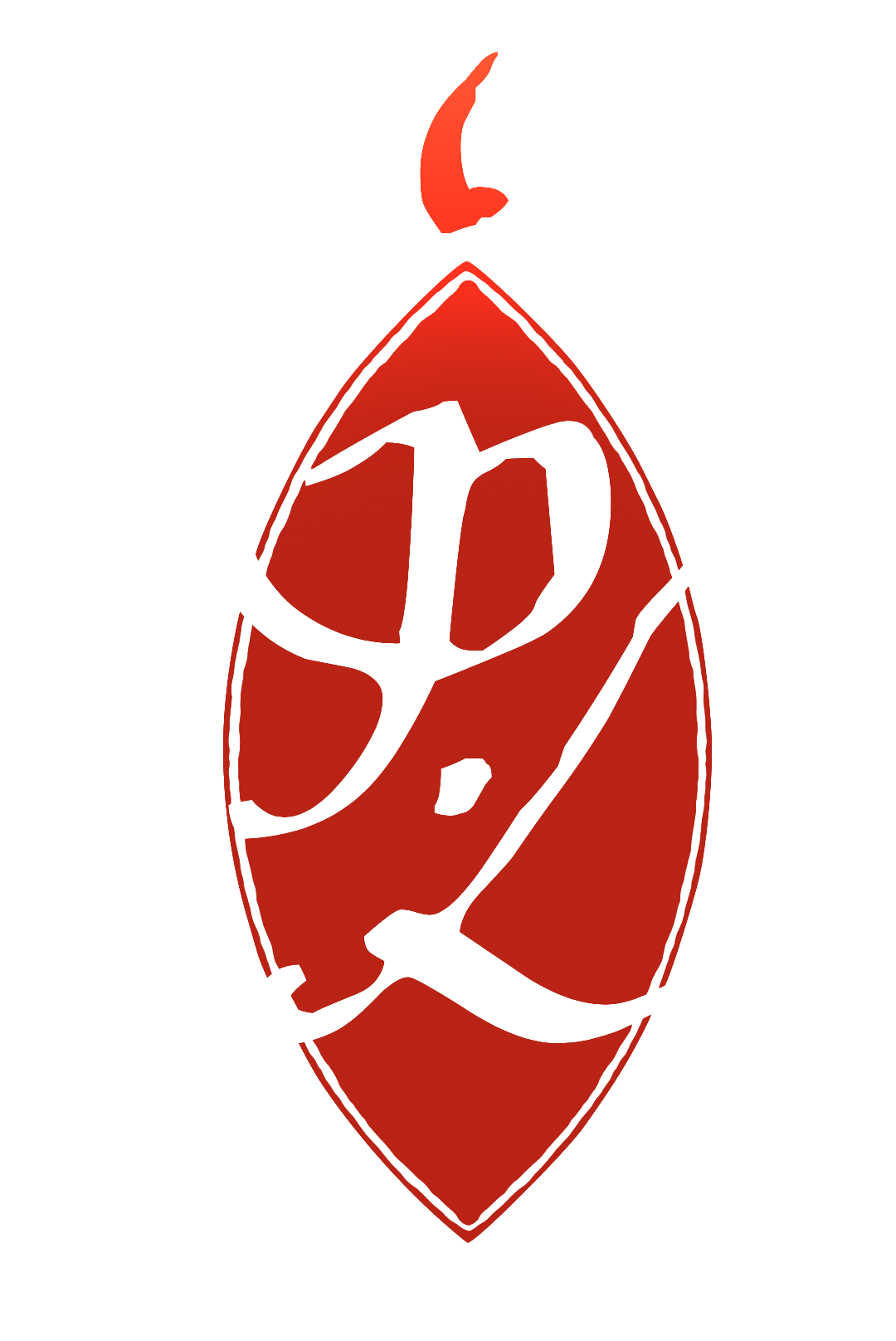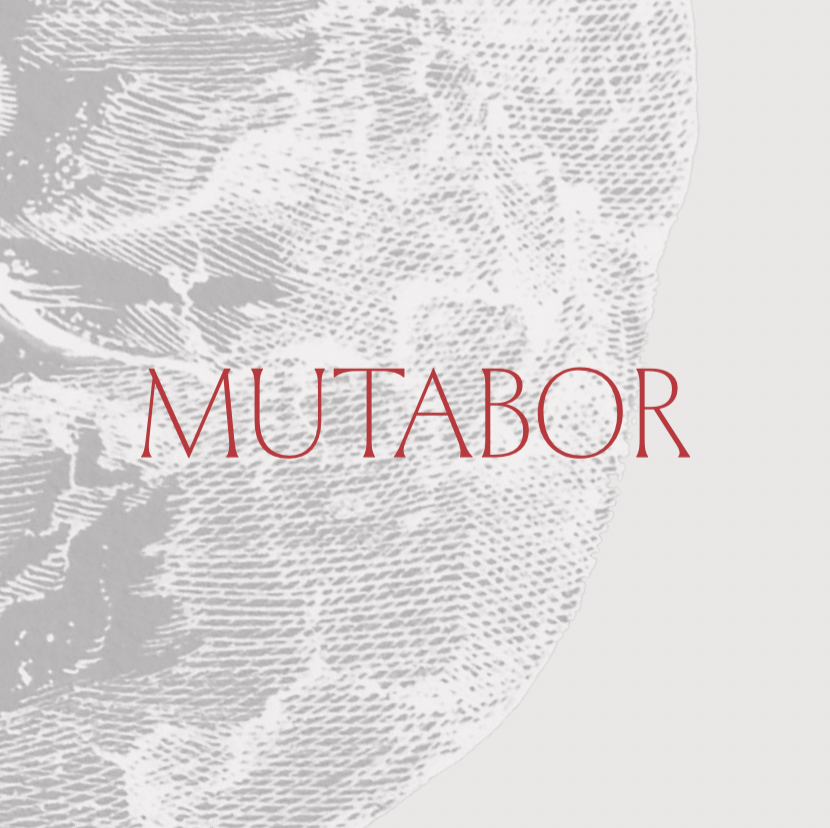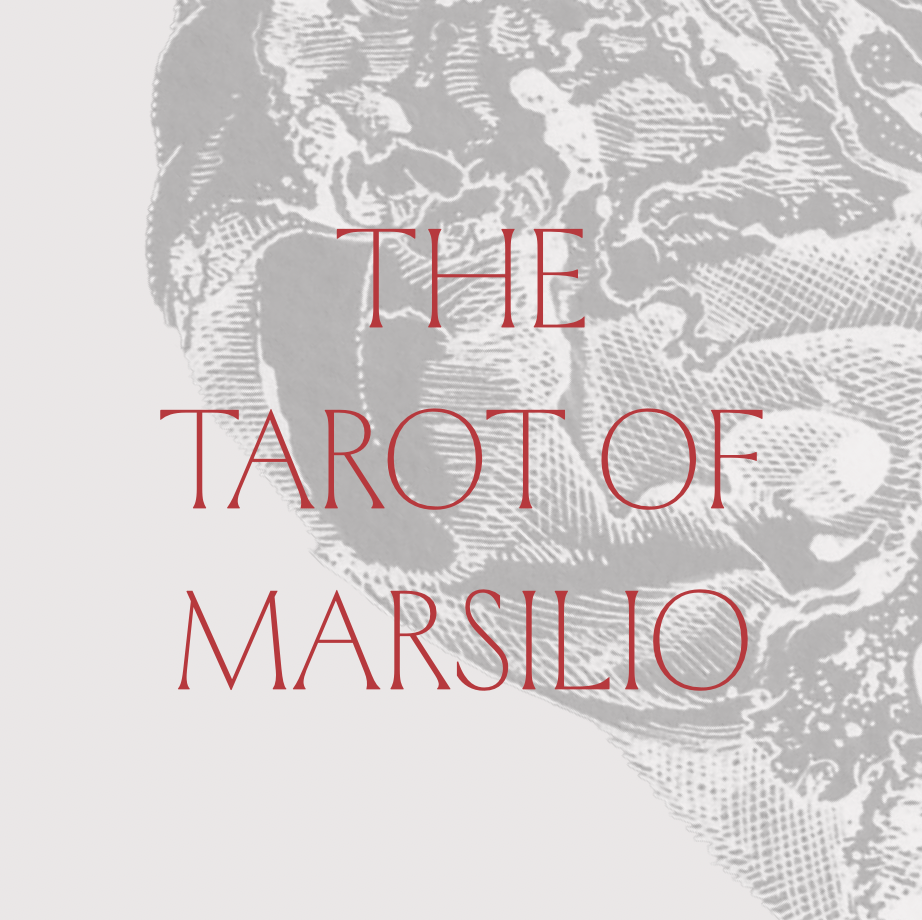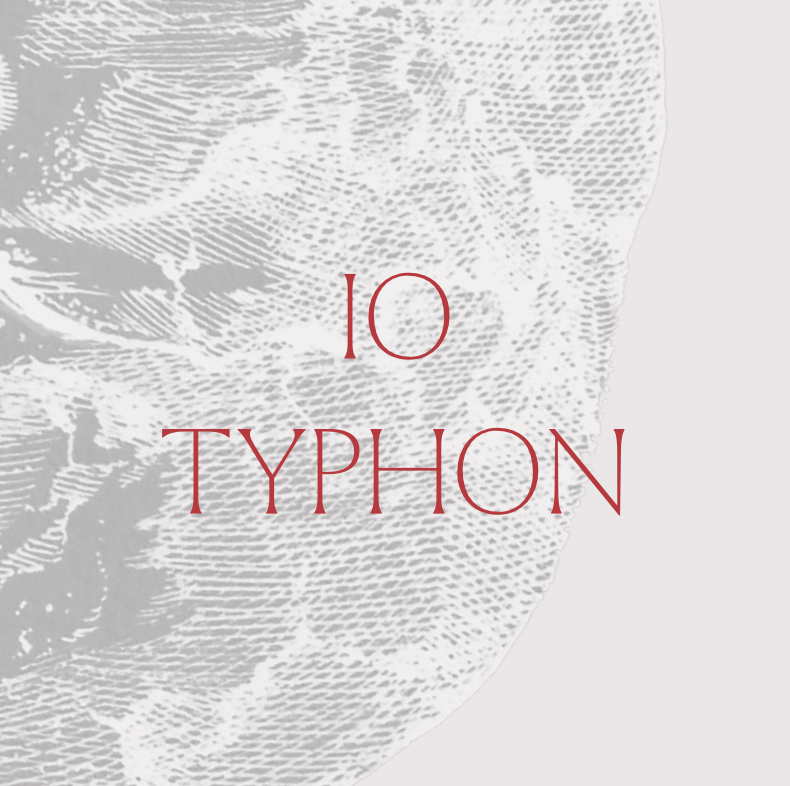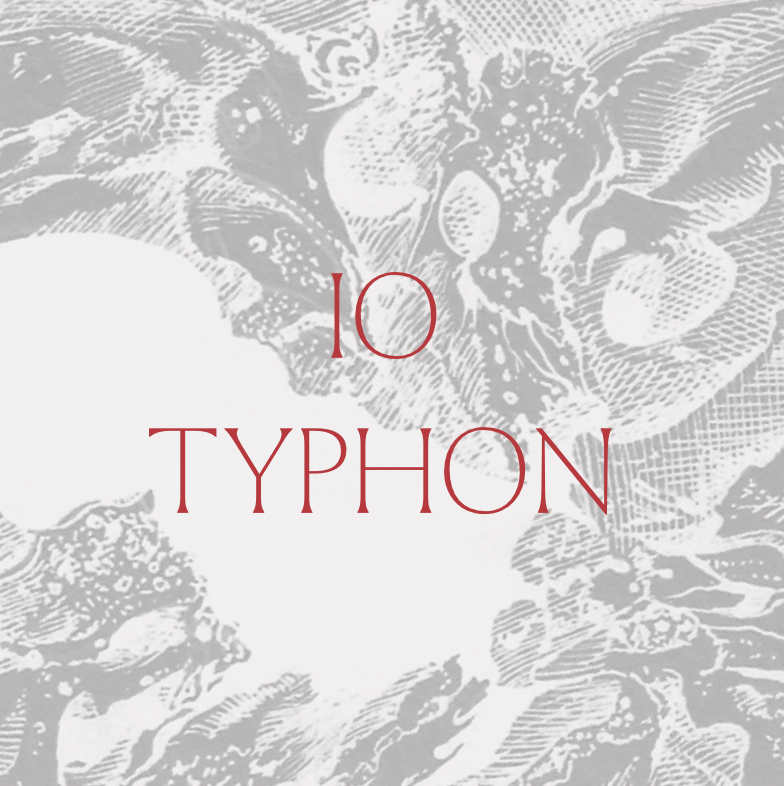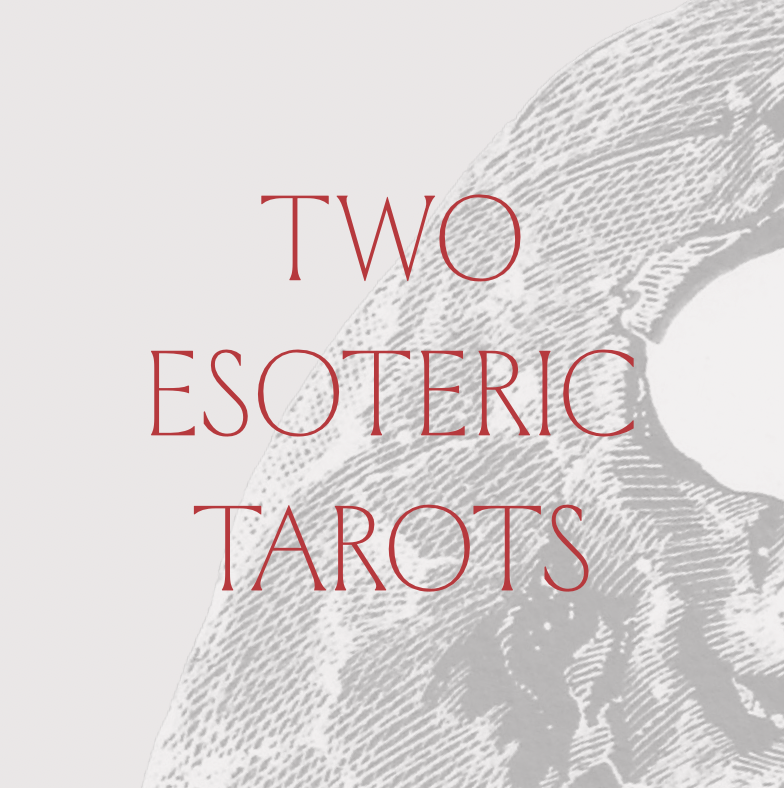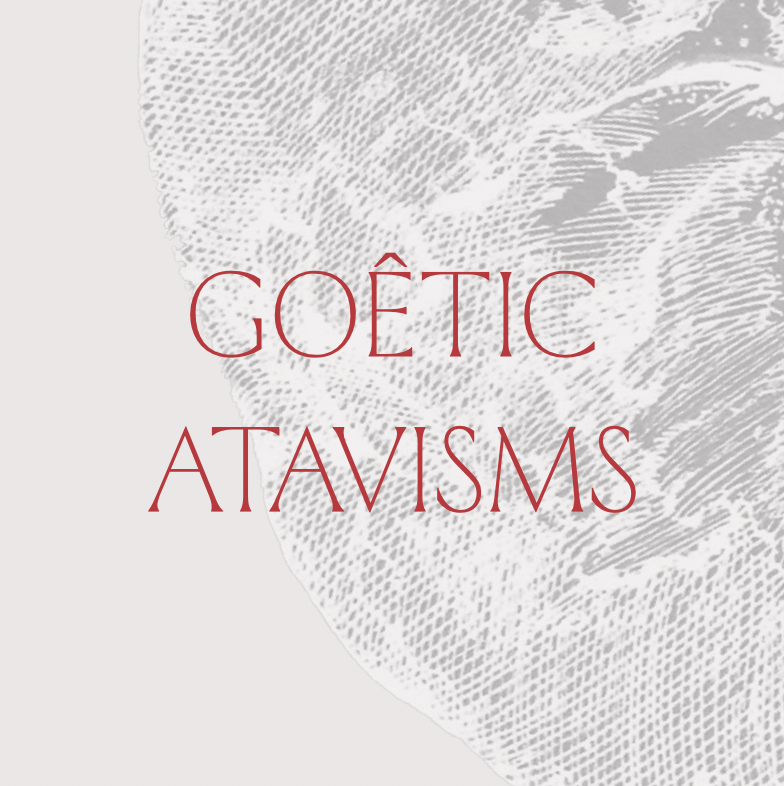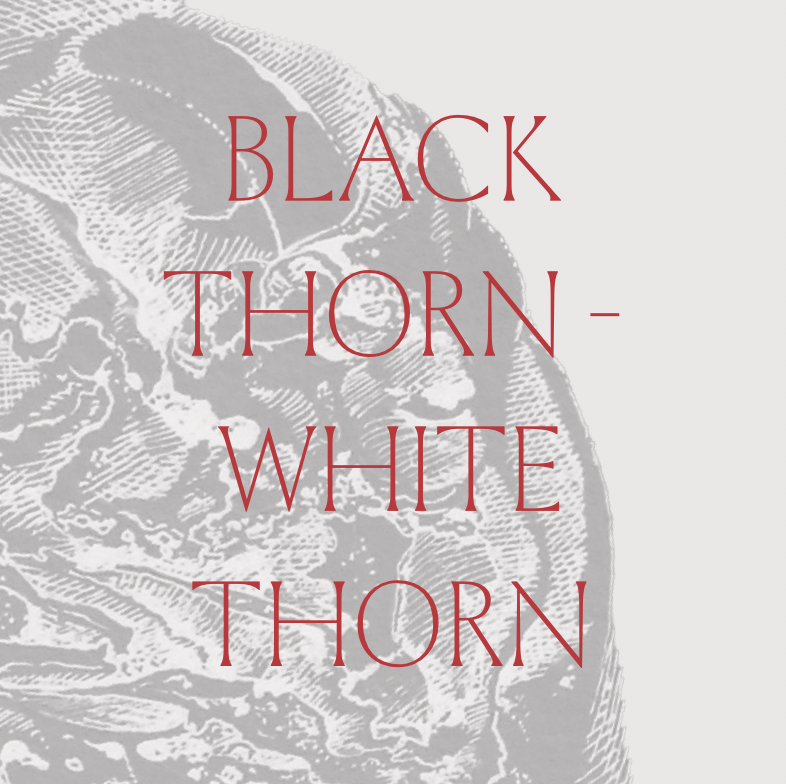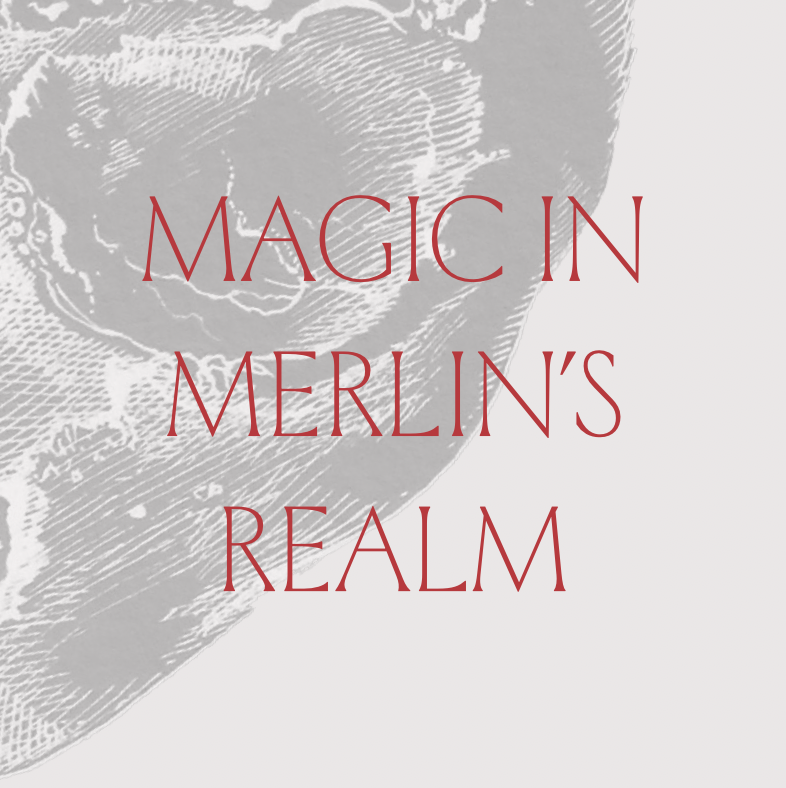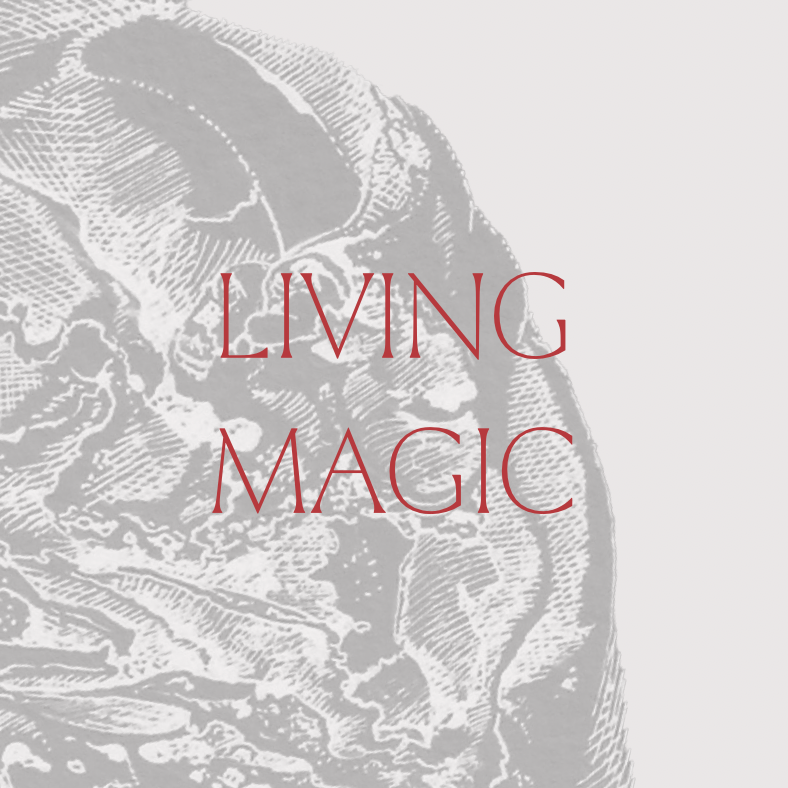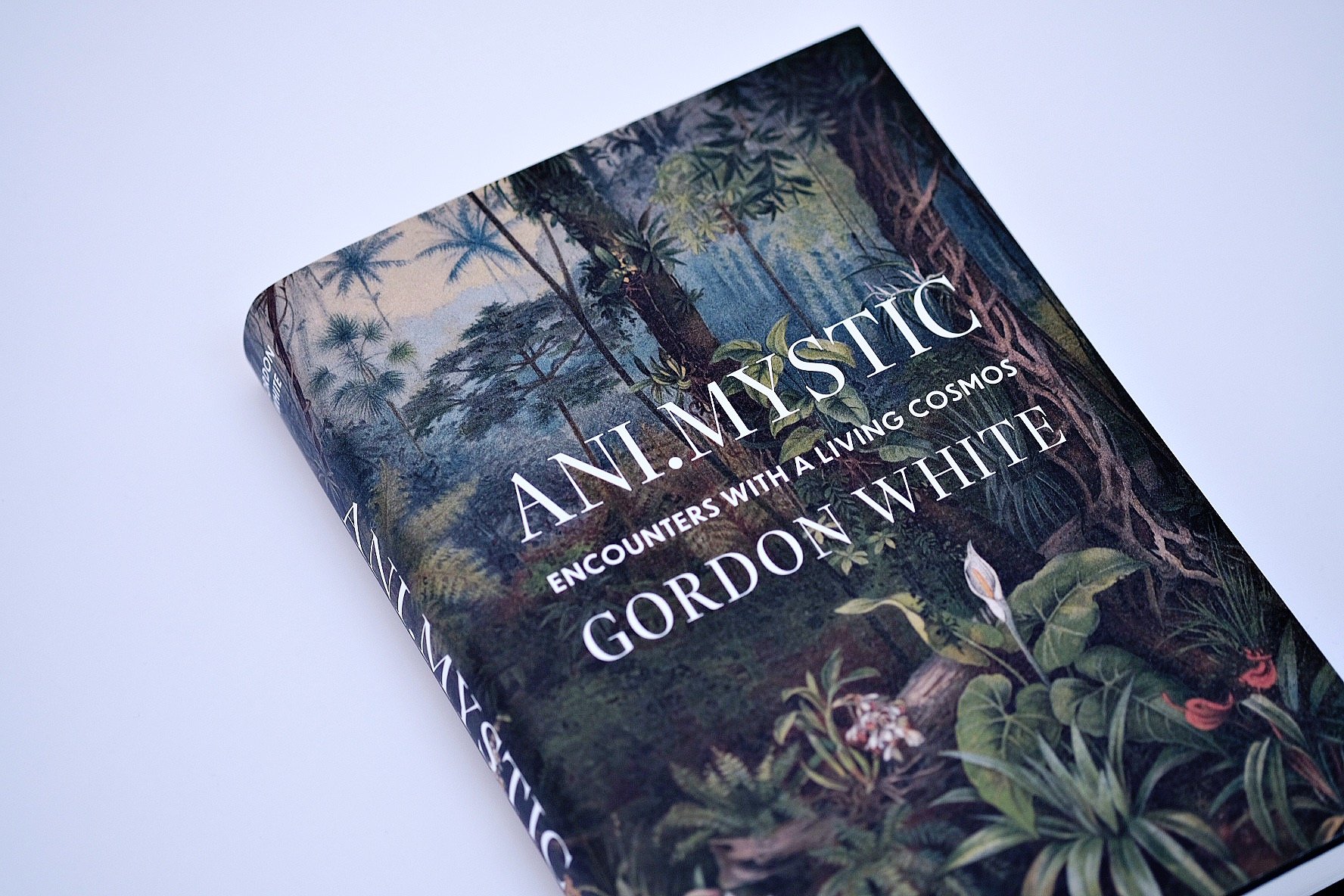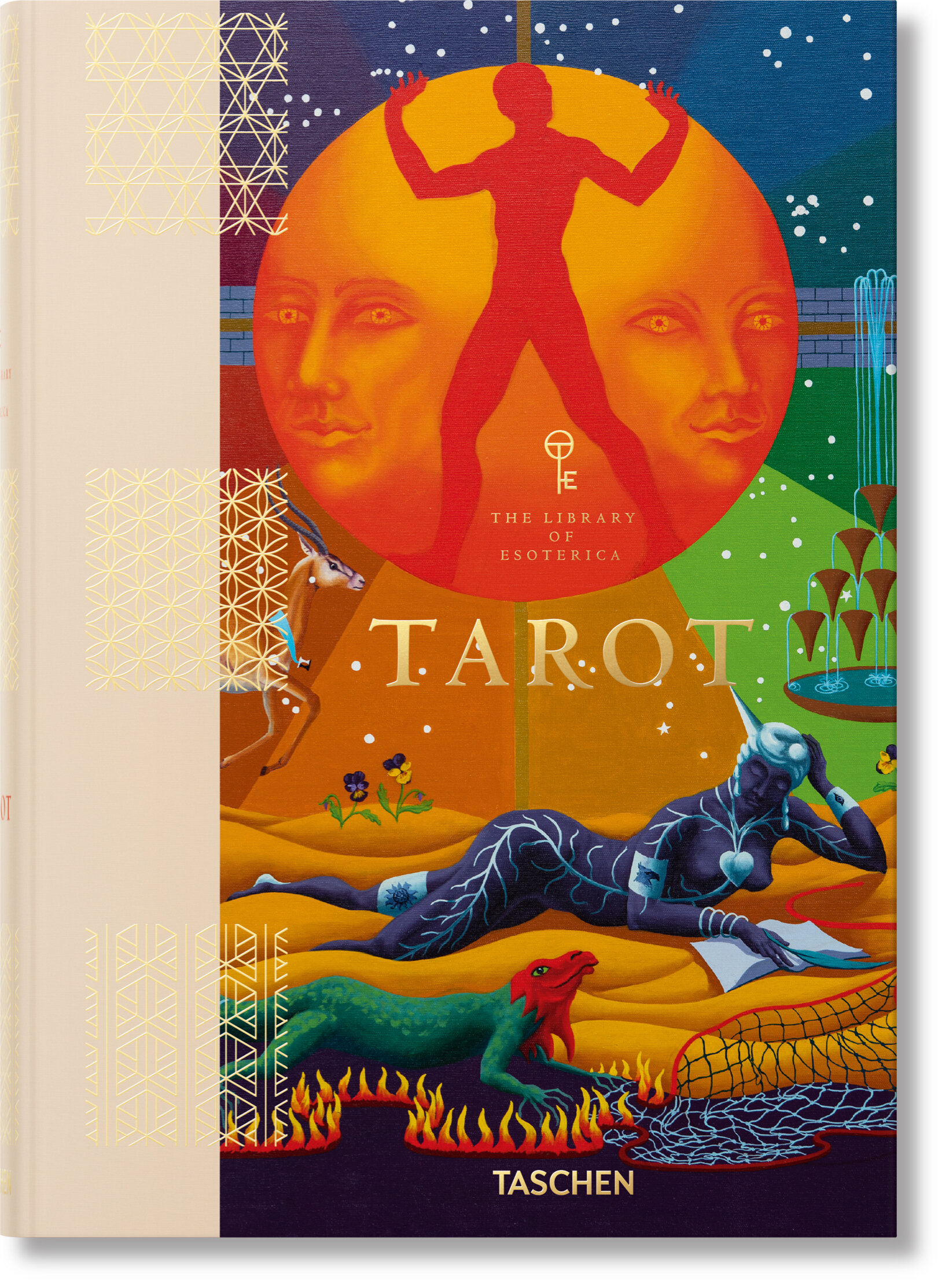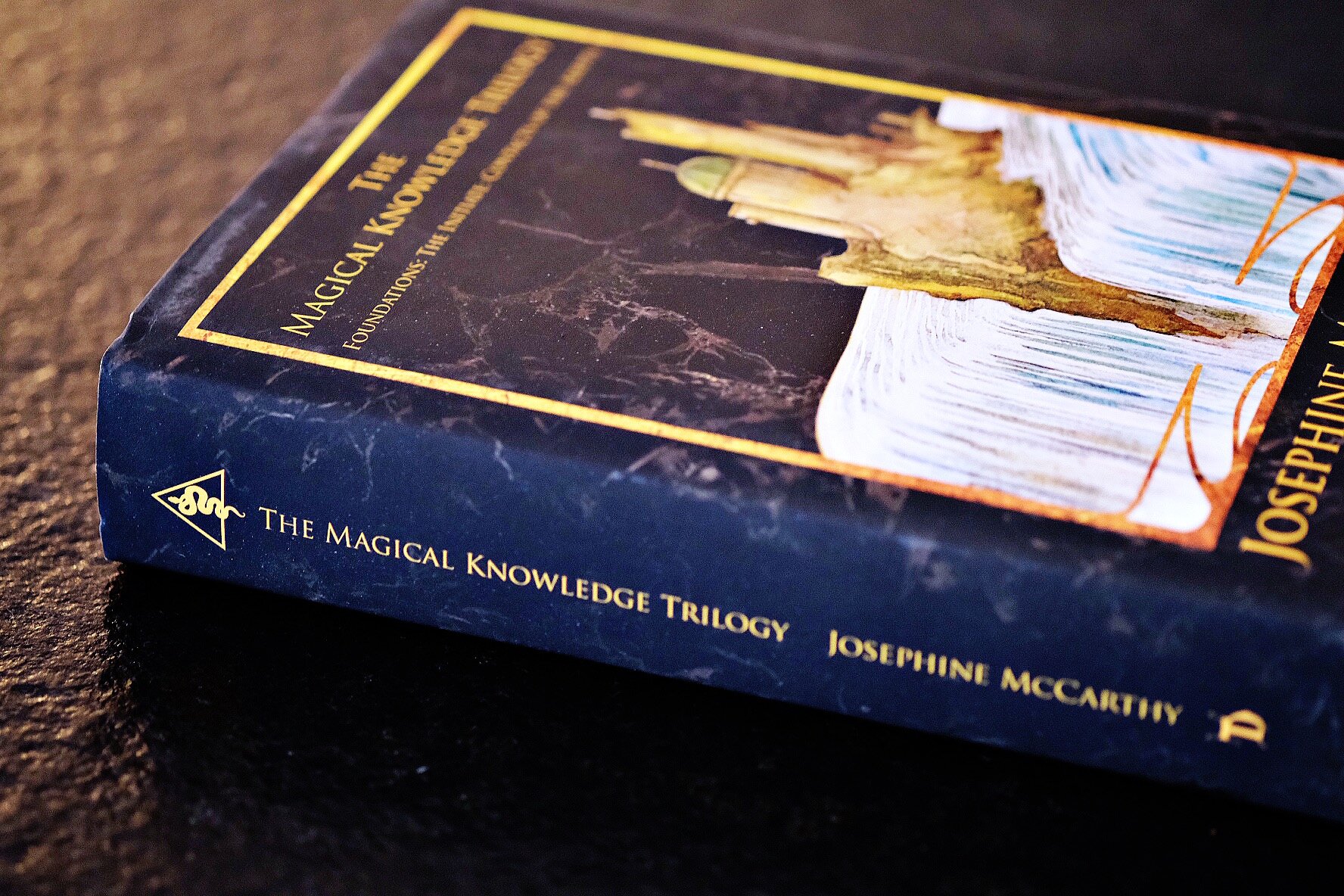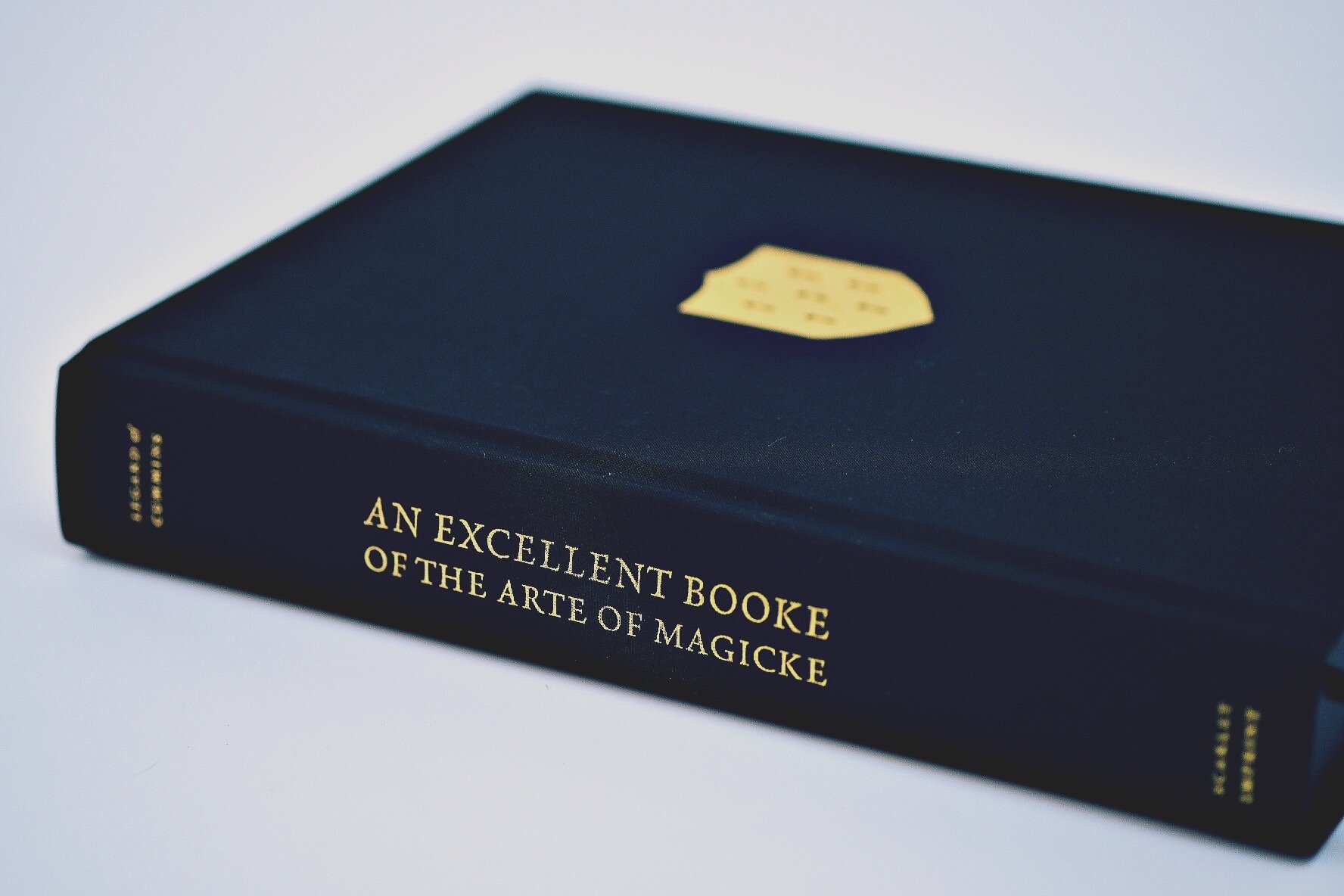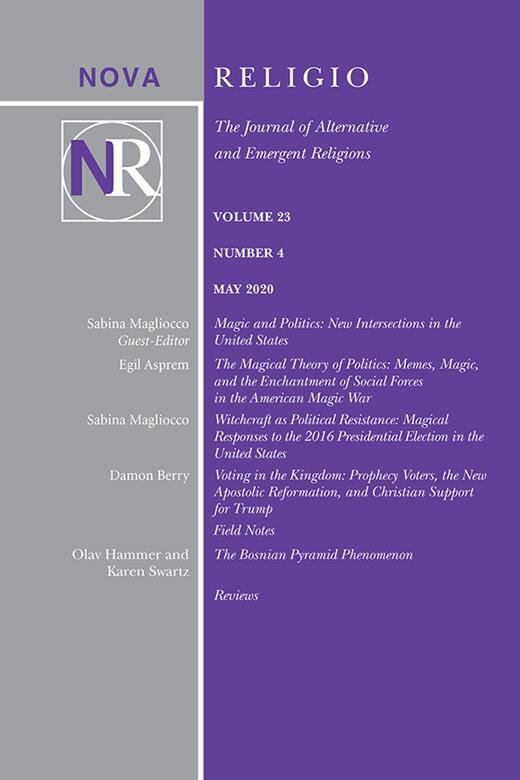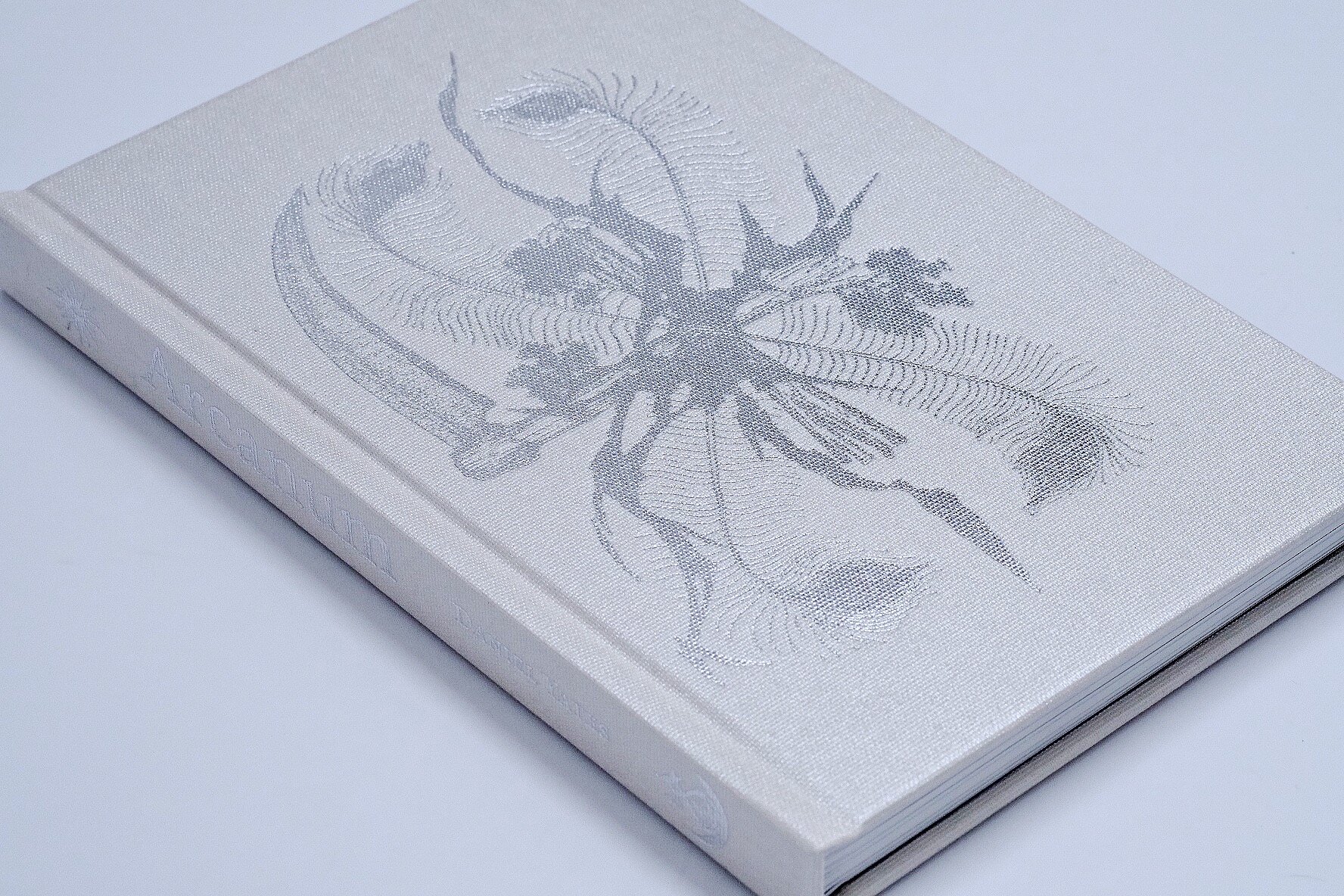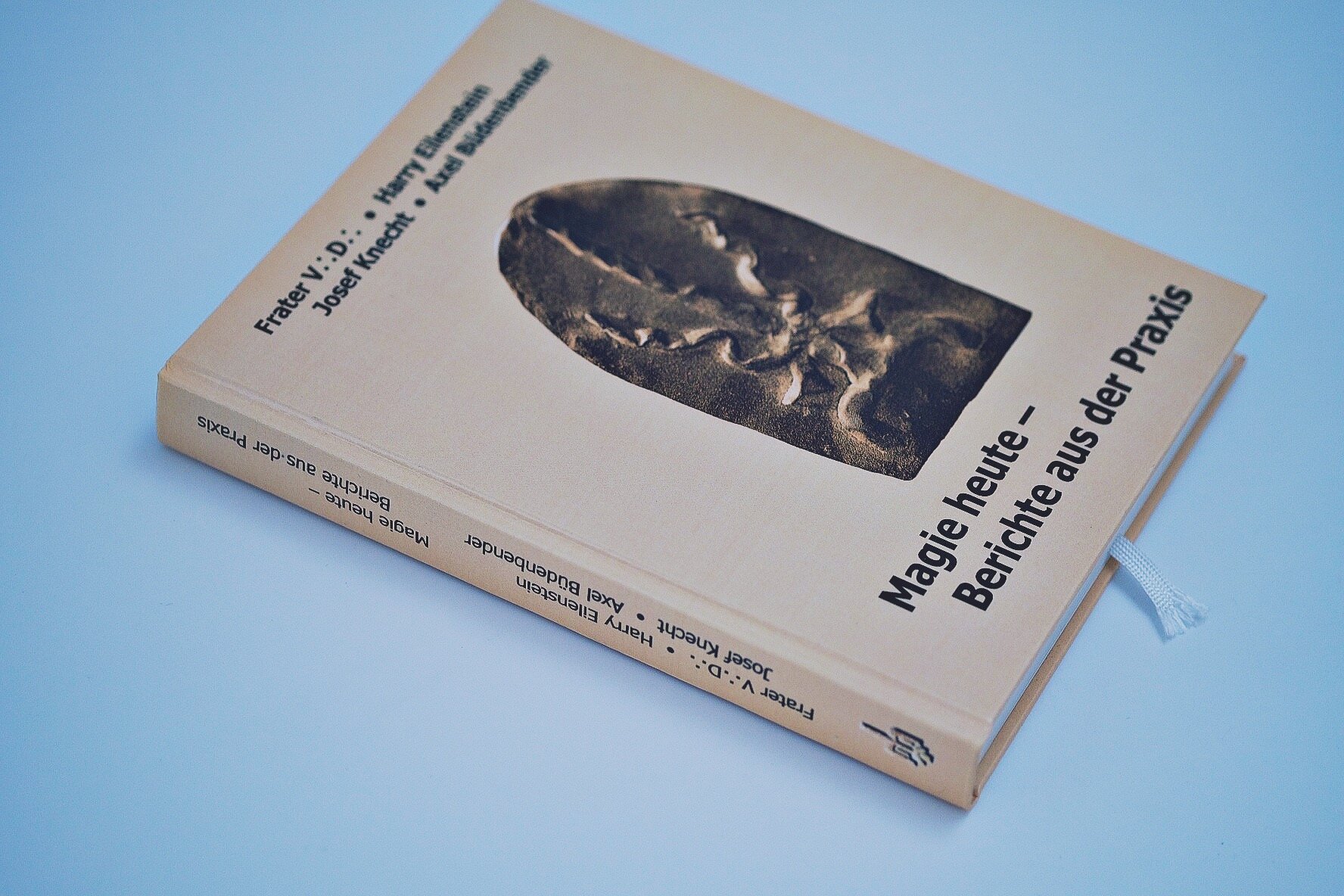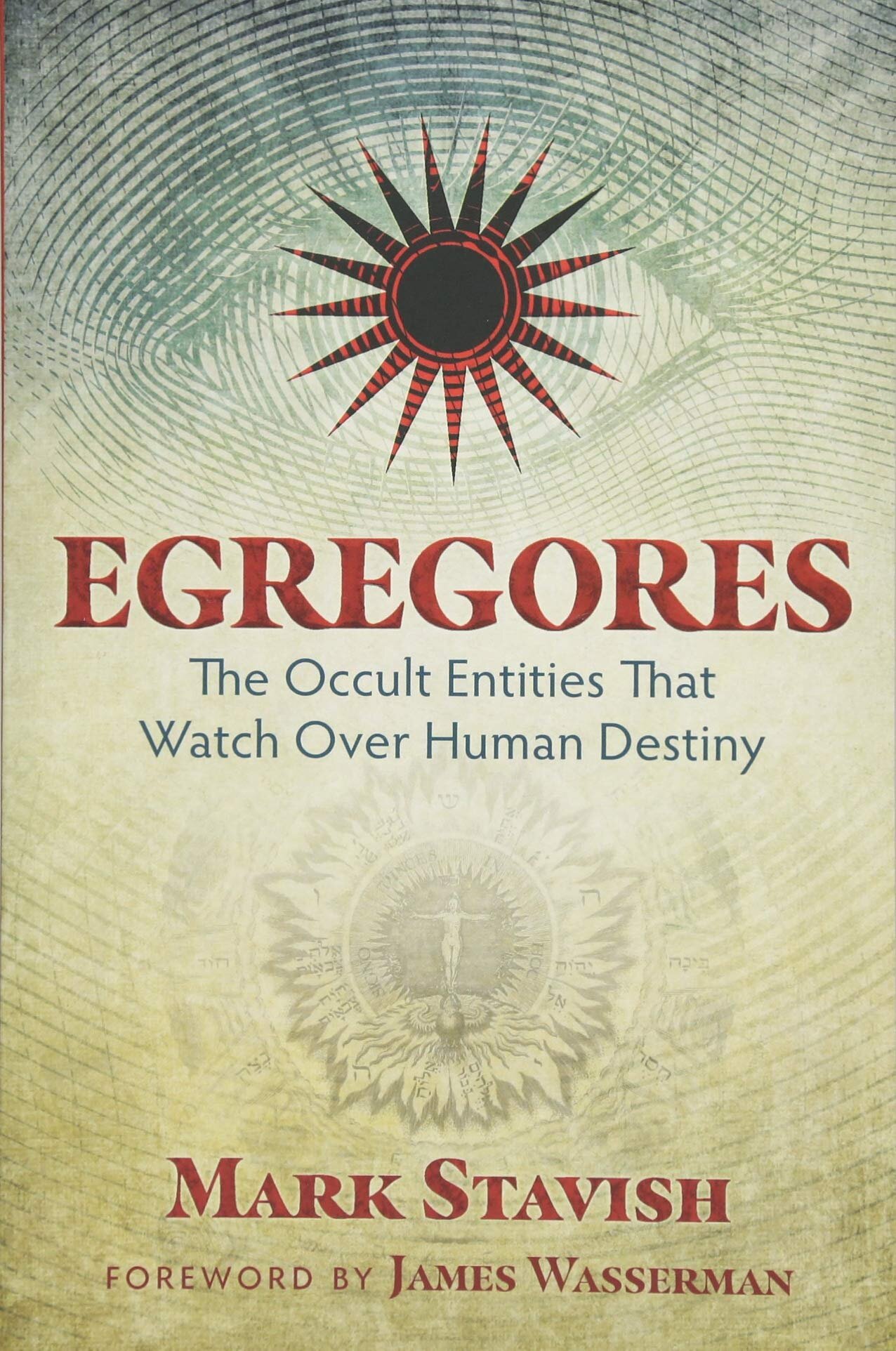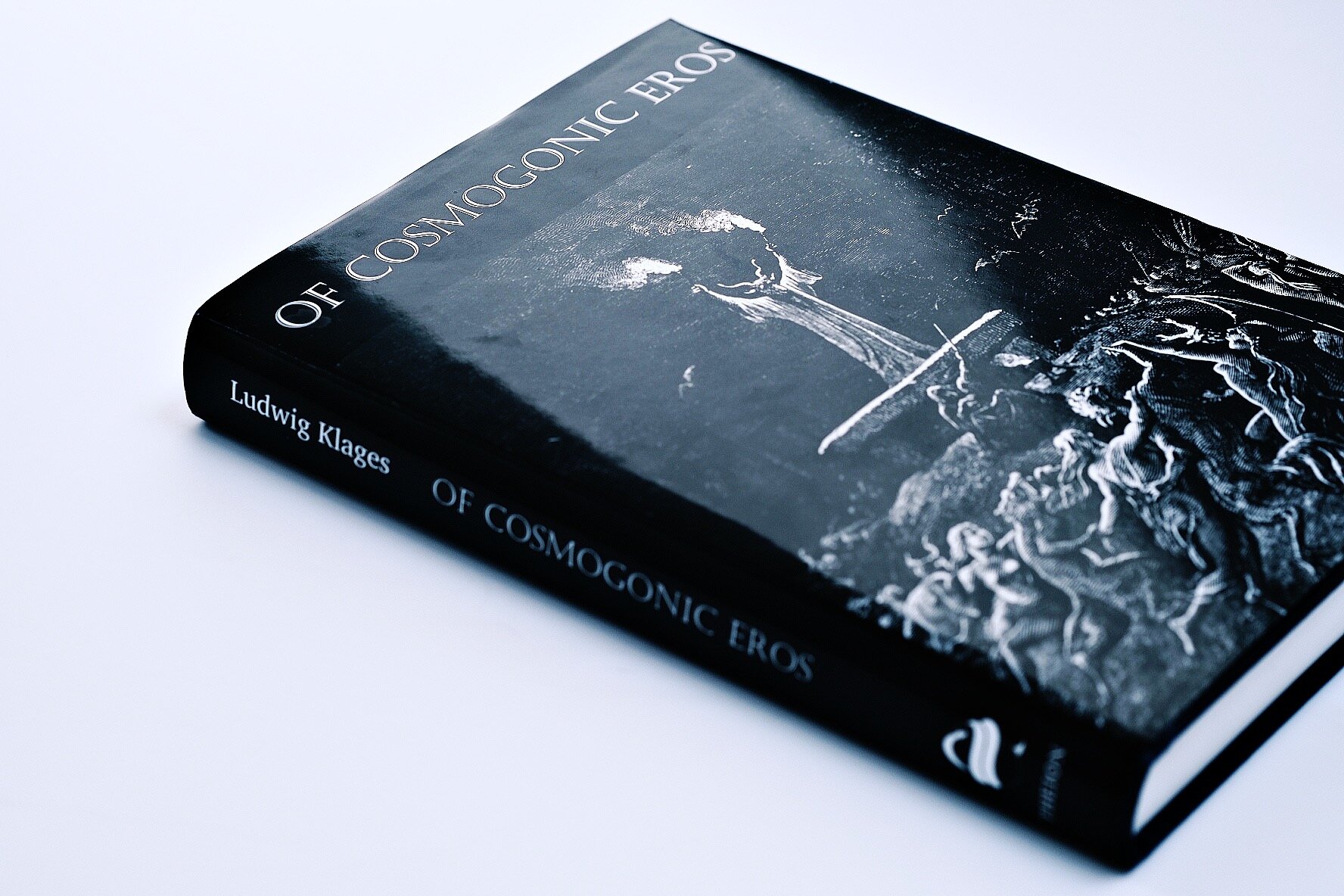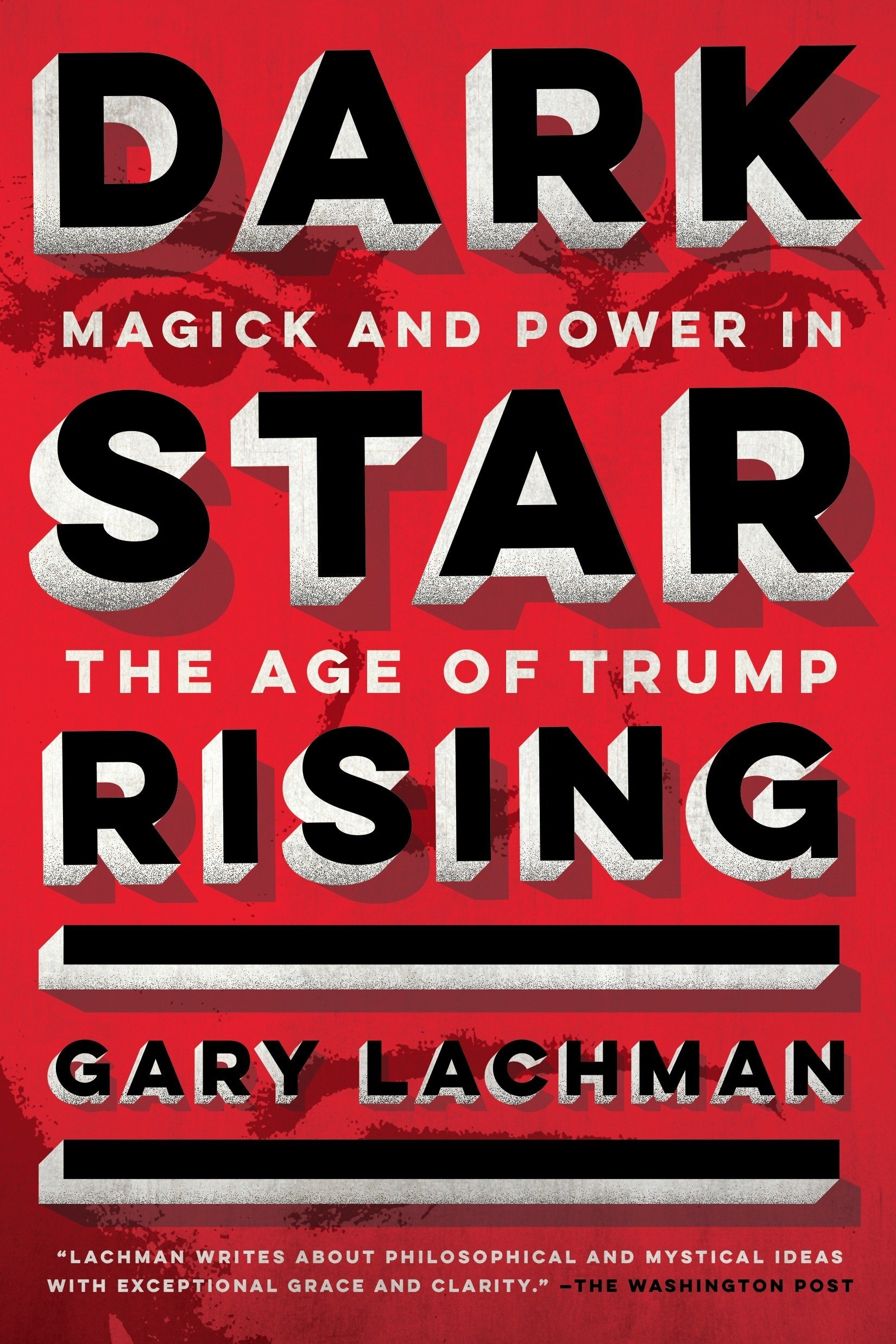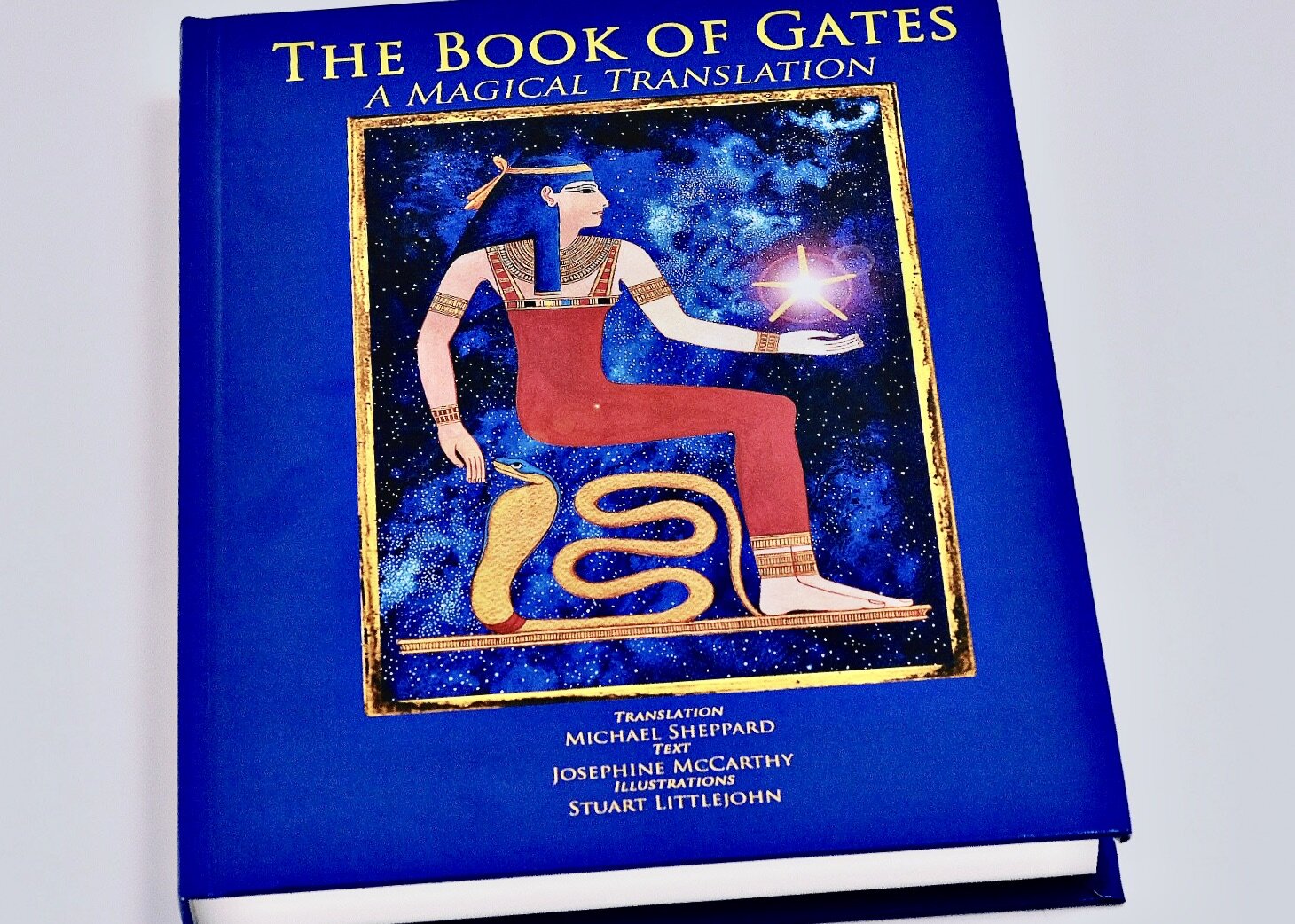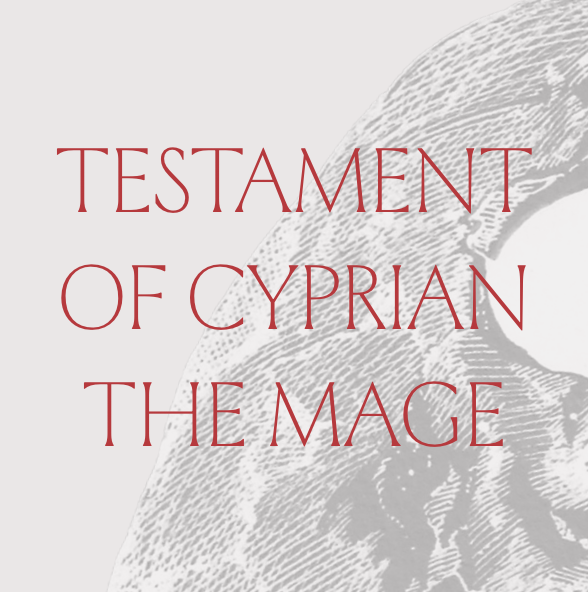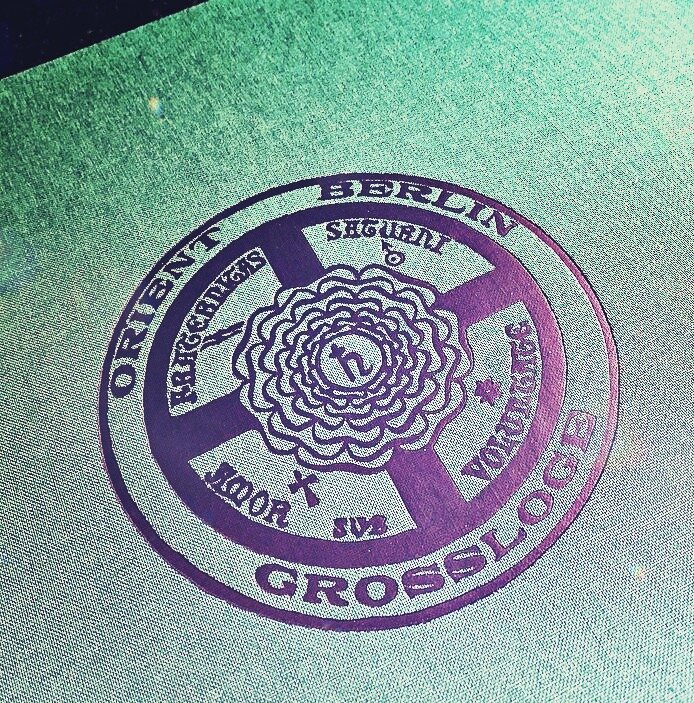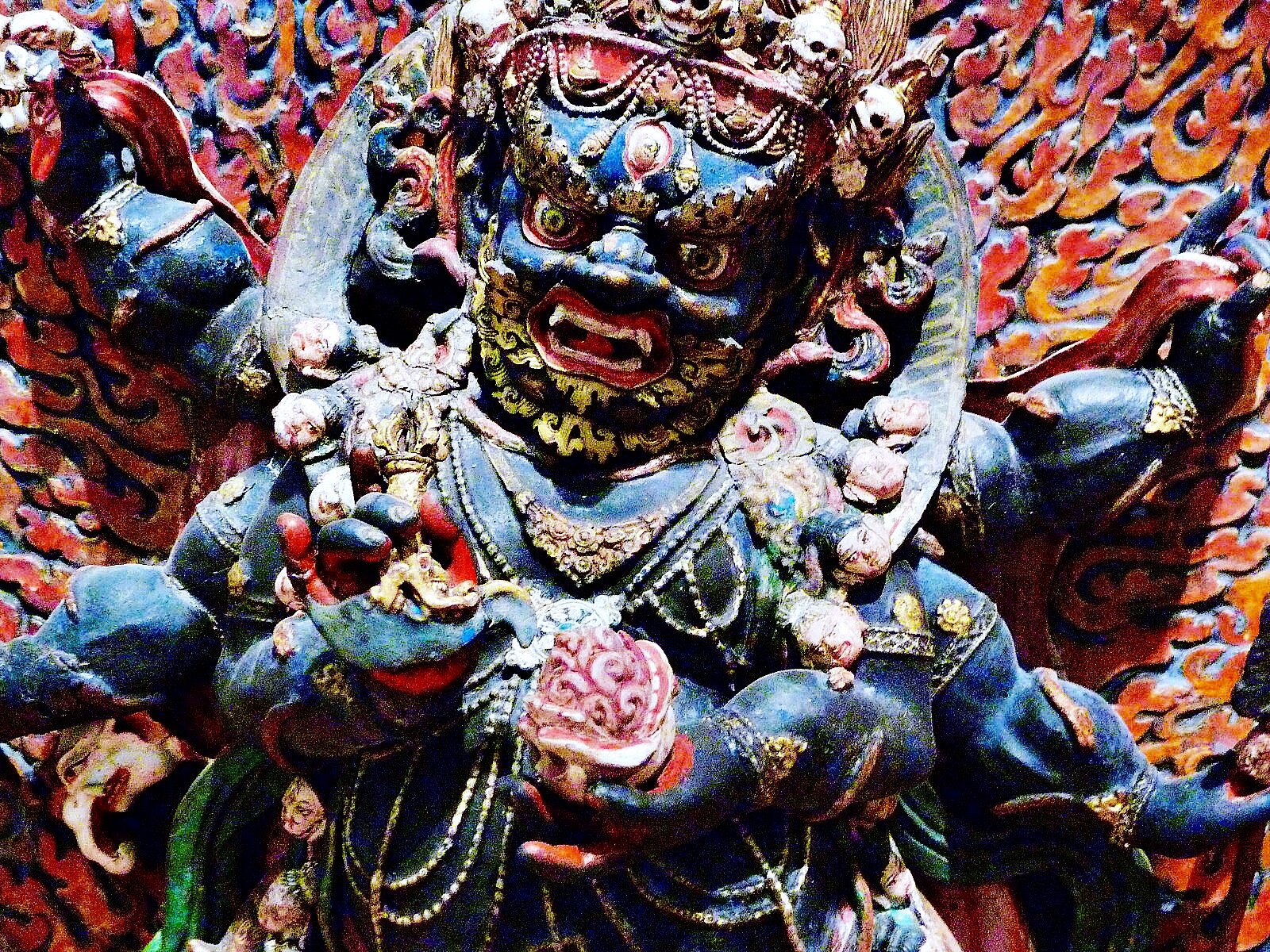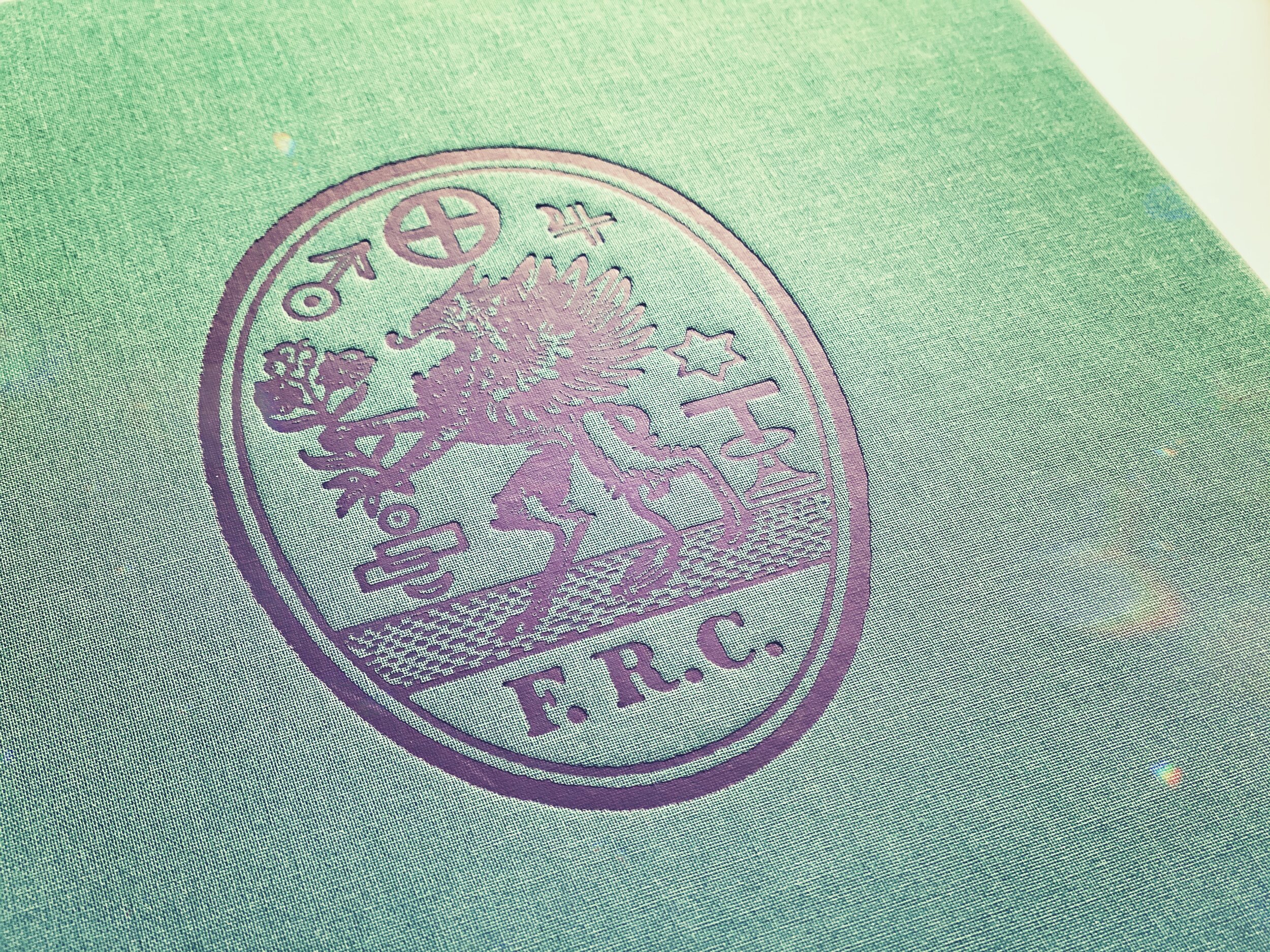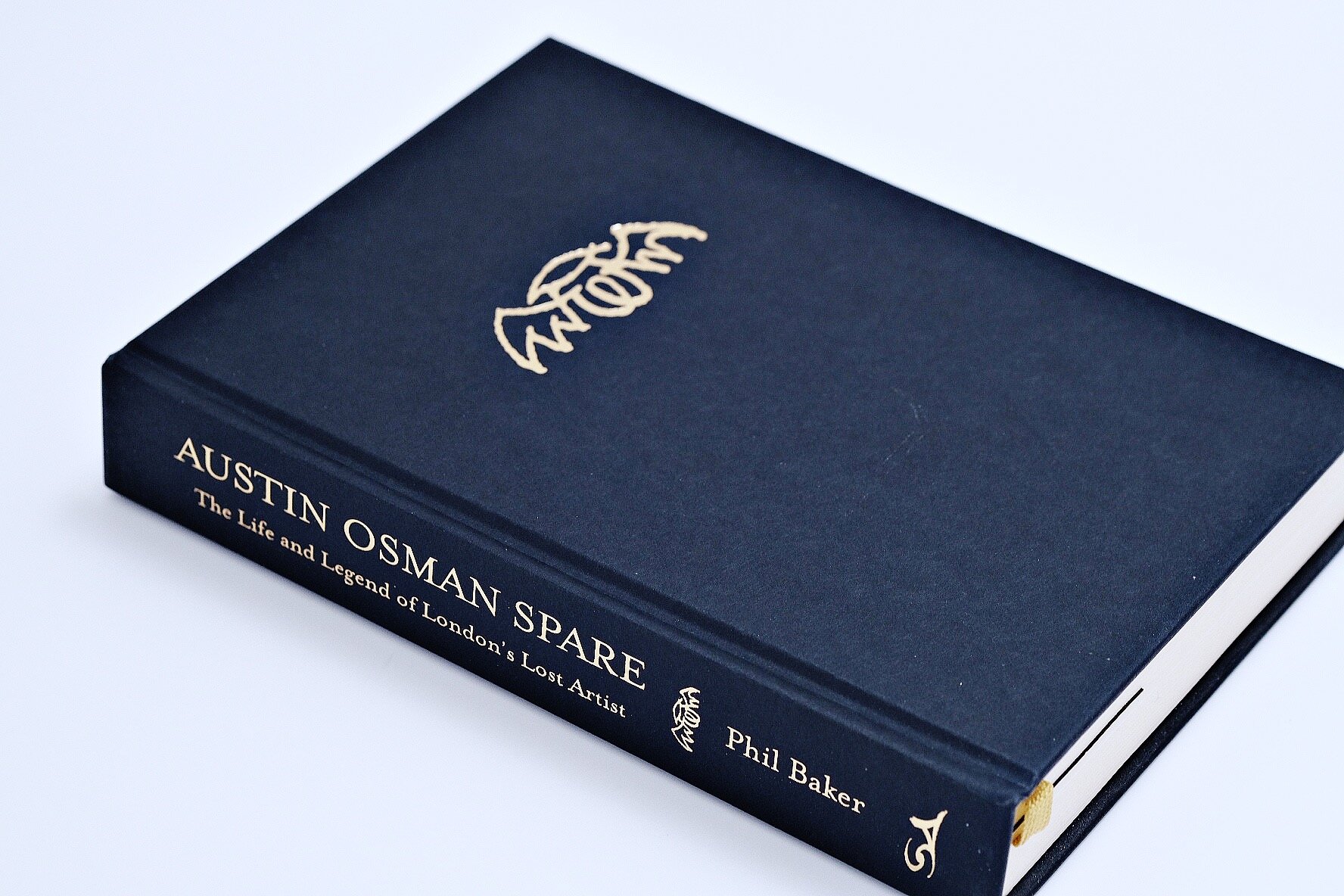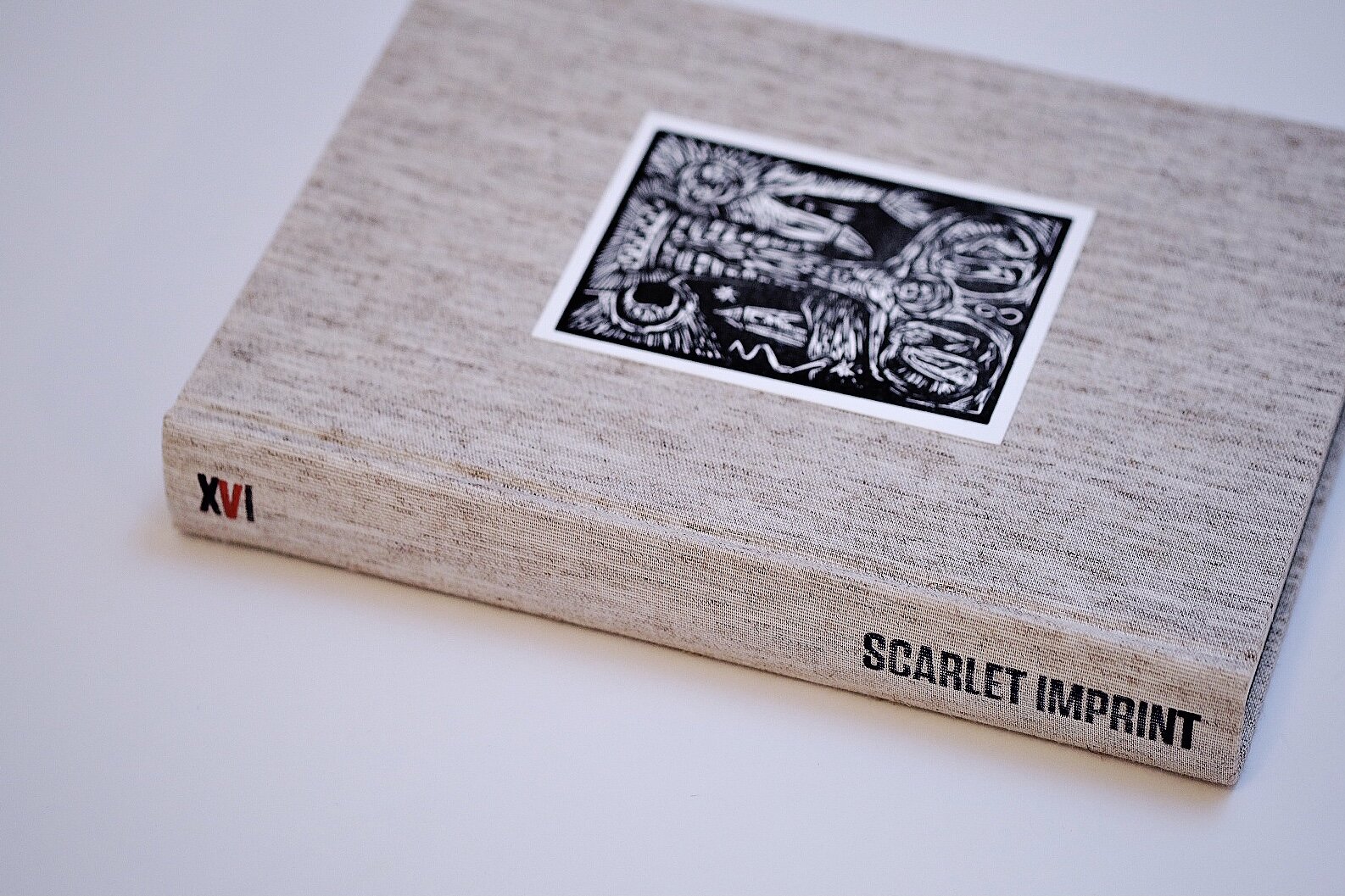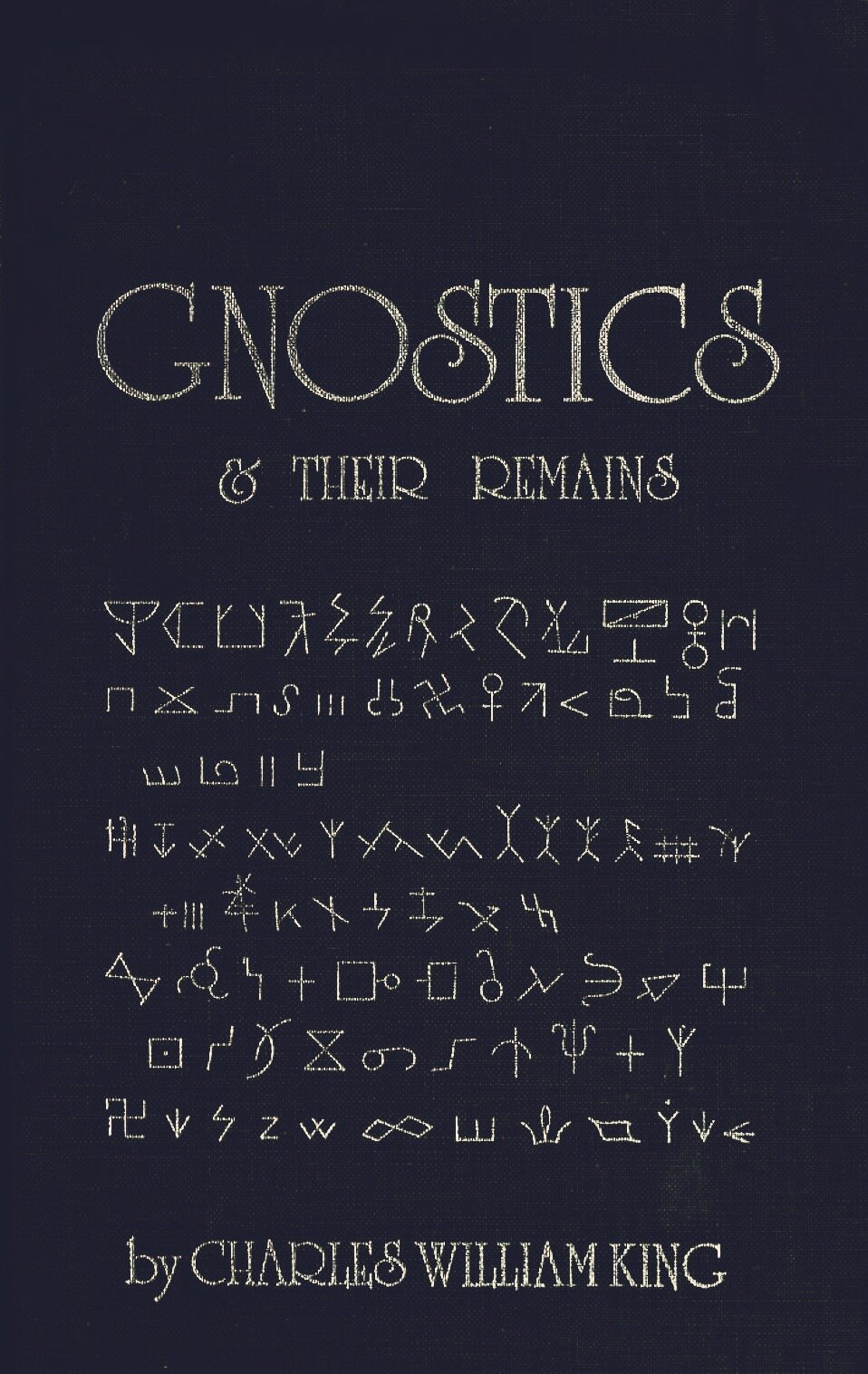
Read our Reviews.
English & German Reviews. Sorted by Publication Date.
2024
Frater Acher leads us through a series of exercises to allow us to realise that “human flesh” is far broader than we might at first think, and that in fact, the medium of magic is “spirit contact”. Then he makes the extremely valid point that while a human may be performing a ritual for a particular purpose “the eyes of the Others, however, are not fixated on the ostensible human message but on the establishment of a new channel in the ubiquitous medium.”
Card by card, Poncet meticulously takes us through the process by which he recovered the iconographic provenance of each card’s imagery based upon primary artistic materials, close observation of fine detail, and comparative historical and textual research. Poncet performs a virtuoso exercise in iconographic connoisseurship to create an evidential chain that convincingly explains the origins of the Tarot de Marseille tradition.
The powerful agitation this book achieves has been a primary revelation; the pain of recognition, then non-recognition is a firm strike of the disciplinarian’s rod to let these figures speak for themselves. The journey this book invites its readers to embark upon is certainly not of universal appeal. Yet, for those intrigued by the power of visual culture and willing enough to surrender to the taciturn spirits Lertas has conjured into these images, a profound pilgrimage awaits.
Betwixt God and the Devil writer, Richard Ward, is certainly bewitched by the narrative spell of the muse throughout this book, fashioning a wonderful arch that elucidates the history of magic and witchcraft in the English county of Essex. Indeed, as the subtitle suggests, the book’s contents delve recommendably deep into Essex folk magic from the sixteenth century to the present day.
From within its pages beats the vibrant presence of the encounters from which this book was born. This typhonic pulse is as unmistakable in Harper Feist’s book as it is in the works of Austin Osman Spare, Andrew Chumbley, Orryelle Defenestrate-Bascule, or Gast Bouschet. IO Typhon is a donkey’s skull your thoughts feed with blood while reading.
IO TYPHON is an exemplary literary and theurgical text; a striking and original expression of contemporary esoteric thought and praxis that unfolds in eight distinctive movements. Its combination of subject (the draconian current) and context (that of ritual invocation) provides compelling subject matter.
2023
I would recommend this publication to anyone with an interest in the tarot, and it works well as both an introduction to the historical, cultural, and spiritual contexts of both the Sola-Busca and Tarot de Marseille. It is a triumph of two passionate and sincere researchers and a genuine benefit to an audience within and without the magical community – perhaps even art critics.
This book requires multiple readings to understand how deftly the various sections gel together, despite their differences, or because of them. “What you did as a child that made the hours pass like minutes? Therein lies the key to your earthly pursuits” (C.G. Jung). This is one such puzzle of a book with which you could have hours of pleasure.
Hagia Sophia Sanctum of Kronos: Spiritual Dissent in an Age of Tyranny is Peter Mark Adams’ third book in a series of writings on classical initiation and its survival into the Renaissance. According to Adams, the Hagia Sophia itself is the incarnation of the most important ideas of Hellenistic theurgy, or spiritual practice wherein identification with, and even possession by one’s chosen devotional deity was the ideal.
In essence, ANARCH documents an ongoing process of profound personal transformation mediated by a four year long retreat in a forested landscape. Captured in fine writing and immersive photography, I cannot sufficiently commend the profundity of conception and execution that characterises this work.
ANARCH brings the spirit of Beuys down into chthonic depths; brings it to lie beside us, as it were, in a sacrificial pit. From there, Gast’s book buries us alive, takes us on a satanic–alchemical journey to leave us injured, wounded, and fully given over to transience as undead revenants in the 21st century in new and diabolical forms.
Don Webb’s ‘How to Become a Modern Magus’ poses three interesting questions with its title. What is a Magus, what is magic, and is there a difference between a Magus and a Modern Magus? (…) A book that teaches all that deserves to be read, to be used and to be applauded!
2022
The underscoring theme of Blackthorn Whitethorn is that precise in-betweenness, the position of not-this not-that (Sanskrit Neti-Neti), a concept and means of apprehending that is as elusive as the roebuck being pursued — or that pursues us — and as thorny as the entangled thicket. This concept — arguably a fundamental ethos of witchery — demands that we adopt an alternate way of approaching, through poetic inference; for it is ineffable in the truest sense, and thence a Nameless Art.
Cloven Country is several things at once; a travelogue of Devilish spoor, a meditation on the way landscape affects the human imagination; a historical feeling-out of folk-religiosity, word of mouth – and the way human changes in society and culture are reflected in the stories we tell ourselves.
No matter one’s views on politics, monarchies and the like, this book may very well start one wondering who exactly benefits from the myth of disenchantment, while at the same time surrounding us with images and branding drawn from the wildest dreams of propagandists, spin doctors and advertisers.
[…] As Cummins suggests, the calls and figures as a whole might be deployed for various sorcerous reasons. Yet if there is one thing that remains constant with poetry, it is the ardency with which it is performed that makes it so evocative – even spoken softly, gently, soothingly, in tones of intimacy and friendship, there must be enthusiasm.
I recommend the devouring of this book, and a warning of side effects may also seem in order. What we hold in our hands here is immensely valuable from multiple perspectives. From the modern goês’ vantage point, Prema Goet offers us a veritable anti-grimoire. A book that contains no grammar, but pure visual poetry.
Frater Acher writes with very deliberate care for the reader. In a sense, this is a book about character, in terms of the symbols we use (and which also use us) to contour our perception and experience. It is also a study in contrasts, in order to explore what the author calls “the rainbow path” – which requires seeing through and behind caricatures. Whether those caricatures are those of the fanatical Christian extremist, the dissolute pagan, or the saintly hesychast, all are examined here with remarkable even-handedness.
Living Magic is a most unusual book, and yet it should not be. As its subtitle says, it is a book entirely entrenched in and geared towards magical practice. Specifically, it breathes the kind of magic that does not walk cloaked in centuries of tradition, in garments of cryptic symbols and dead languages, peacock-like strutting out in leather-binding and emblazoned in claims of ancient lineages. Instead Living Magic is epitomising the kind of magic that nakedly stares you in the face and bluntly punches you in the stomach.
Hanegraaff's voice is not the only voice present in his text. As an attempt to produce a new narrative, I am not qualified to judge its effectiveness, but perhaps as a spell, I would hazard that it is more successful than not, for it leads to contemplation, and from there, perhaps the logos may lead the reader to that seeming boundary-cum-precipice where the curved-beak smile and tip of the hat may be taken as an opportunity to do the work.
Ani.Mystic is a beautiful and informative work. But to read it is to embark upon a densely woven encounter. The sheer variety of voices that contribute to its fabric do not obfuscate, in any way, its message. Rather, they serve to pitch a distinctly perspectival challenge to the reader, to ingrained habits of thinking and being […]. The quality of its prose and the logic underpinning its argument are, respectively, stylistically well-polished and thoroughgoing; the choice and use of its various interlocutors a treasure chest of sources and ideas.
2021
In his recent rendition of the Three Books, Eric Purdue has consulted Vittoria Perrone Compagni’s critical edition, which is based primarily on the 1533 version, all the while carefully comparing and contrasting it to the 1510 first edition, and the 1531 2nd edition as well as the first manuscript version Agrippa sent to Trithemius.
This is, obviously, a new historical study, as such at points evidential conclusions arise which contradict or update comparatively recent scholarship. Martha Rampton, is a good example of a post-modern historian, explaining her evidence via the then dominant (and divergent) narratives, upon which she passes no anterior judgement. Her book is both definitive and interesting.
What Nordblom has done is provide us with a framework to discover our own relationship to the magical or sorcerous narrative within our own lives – a kind of praxis which enables us to think about word and image in a way which may be unusual to some moderns. […] we should thank the author for providing us with only a glimpse of the many worlds of the historiolae which may present the enquiring mind with rich alterities.
[…] This then, is where the Black Cube shines most darkly; for all that Moros presents us with scholarly analysis, and historic and new rites to encounter the Saturnine Deity in our own lives should we wish closer congress, it is his obvious intimate embrace of, and his deep suffusion in such a Saturnine Gnosis which wells up.
Jake Stratton-Kent gently but decidedly brushes away the naive hope of offering the reader any sort of definite pathway, absolute truth or sanctified orthopraxy; instead, his book aims to create just about sufficient orientation points – as well as lazy readers’ trapdoors, one should add – so that each one of us can create, correct or continue to ruin their own ritualistic path.
Rosicrucian Magic raises the question of what kind of balance must be struck in both the practice and the study of esotericism in general. Acher’s answer is in a phenomenological understanding of the Rosicrucian experience, of the initiatic moment, with all its intentionality, temporality, and intersubjectivity, we might well find a sympathetic understanding – the internal connections the modern initiate is attempting to achieve.
Stranger in the Mask of a Deer is, perhaps, the single most impactful sequence of thematically-linked poetry to have been written in the spirit and celebration of a pure and unadulterated paganism that I have encountered; one that combines its sinuous diction with an essential and ageless metaphysics.
Frater Acher and José Gabriel Alegría Sabogal present us with […] a guide and a glossary diffracted through the prism of personal ritual practice, historical research, and painstakingly intimate relationships with spirits.
2020
[…] Black was able to find “scores of ‘witchcraft trials’” “between roughly 1947 and 1965”, as well as “sources in which people talk of being pursued by devils and hiring exorcists”, “police records describing prayer circles whose members convened to combat demonic infection”, “mass pilgrimages to holy sites in search of spiritual cures and redemption”.
Upon closing the book, it is good to know that this book will not remain closed. It is reassuring to know this book has come into the world. Mercer has composed not only an elegant but also a very practical and useful handbook for the entire use and mysteries of the Armanen futhark.
[…]. This interpretation and connection of “Marah” with the topics of sex/birth, death and female/feminine is illustrated with an expressive artwork on the front cover by Alba Margarita which is a very good choice as it seems to me to also relate well to this first volume’s title of ‘Bitterness’ – even though I doubt whether it was the publisher’s intent to set the stage for the stereotype of the ‘bitter woman’.
Tarot, the beautiful first volume in Taschen’s Library of Esoterica series, sets out to make a world-class collection with an unlimited budget and reach, and it succeeds in this goal. It presents several examples from each of the earliest decks, followed by modern decks grouped by card.
Tarot Skills for the 21st Century: Mundane and Magical Divination by Josephine McCarthy is, at present, peerless. It stands out from the pack and is a necessary addition to the contemporary tarot library. When one of the most incredible and prolific occultists of our time, one with over 45 years of tarot reading experience, publishes a book on the tarot, you sit up and you pay attention.
This book is such a great “take-no-bullshit” approach to magic, and in addition it gives so many great tools for establishing “inner world” and “outer world” contacts […]. And this is another astounding facet of The Magical Knowledge Trilogy: it is a book that wants you to disagree with it here and there, so you can chisel out your uniqueness more and more precisely as you advance through the lessons and suggestions presented abundantly here.
[…] In addition to the bibliophilia edging into bibliomania, Trithemius’s other interests included cryptography, talking to angels, rummaging through grimoires, reforming the church and education, and social climbing. Like many of the Humanists and magi before and after him, he “desired to know all that could be known.”
I’ve been reading this book for a couple of weeks now, like any collection of poems; it’s quite an intense journey and best accomplished in manageable sections. […] Maybe it’s my imagination but it does read like a continuous narrative, I’m guessing its talented author intended it so. It feels like being a fly on the wall in the author’s magical playroom or reading the record that magicians often keep.
A Book of Deviations is a deliberately understated publication, short and concise, coming up to 22 pages only, saddle stitched and self-released by the author without any grandeur, but so low key that many of us might actually not yet have heard about it. Most importantly though the instructions DSH gives on its 13 pages of text shine with pristine clarity as well as practical relevance to any lone practitioner. This is a book for all of us, and especially I’d say it is a book for magicians who are engaged in shadow work.
We have previously shared Craig ‘VI’ Slee’s review of the Excellent Booke; and we are delighted to now present a second in-depth review of the book, this time by Frater Acher. As you will see, both perspectives stand side by side in a mutually enriching way and hope to inspire more dialogue on and research into this fascinating magical source material.
What a wonderfully mammoth task and resource Phil Legard and Al Cummins have both undertaken, and also given us, with this book. It provides us with something which should excite anybody with an interest in magic or the occult – a readable record of occult technique and experience leading to, and dealing with, talismanic books, treasures and arcana.
Asprem distinguishes three camps in the “magic war over the 45th president of the United States” (p. 17): the Cult of Kek, the Magic Resistance, and the Magic Reaction, a taxonomy primarily determining “three phases of the conflict that stand in a chronological and dialectical relationship to one another.” (p. 17)
Ajar To The Night comprises three poems. It has to be said from the outset that they possess a rare resonance, power and depth; one that affirms this collection as an important contribution to the longstanding tradition of a spiritualised and esoteric poetry.
Unser Autor, Willi Dommer, stieß Mitte der 80er Jahre als gelernter Journalist und promovierter Soziologe zur Redaktion der Esotera, wovon er ausführlich berichtet. Doch nein, hier ist gleich eine kleine Korrektur erforderlich: Denn es handelt sich bei seinem Erlebnisbericht zumindest formal, tatsächlich jedoch nur selbsterklärtermaßen um einen Roman.
2019
A meticulous study of this book will most likely feel like a daydream transporting the reader to the ancient world of the Mysteries and their gods initiated by Adams’s eloquent writing and personal insights supported by beautiful images of the frescoes of the Villa of the Mysteries and other ancient iconographies and artifacts. The functional combination of text and imagery is what makes Mystai such a potent and inspiring book.
Arcanum is a book almost entirely made up of images, of stunning macro-lens photographs taken by the highly talented Daniel Yates. Arcanum is also an assassin, as it perfectly understands the sequence of experiences it needs to take us on: From allowing us entrance, to slowing us down, to stilling our gaze, to drawing us in, to showing us a glimpse of the threshold its images can be, to finally pointing into the darkness beyond by means of its illuminating titles and chapters.
Here is a short, sharp look into the world of Severian the Torturer. We will examine nothing, but one of its most fascinating creatures and the particular magical elixir prepared from it. As we will see, the mythical alzabo holds several significant lessons in store for us as spirit-workers.
Magie heute ist ein höchst ungewöhnliches Buch und sollte doch genau das eigentlich nicht sein. Wie der Untertitel sagt, ist es ein Buch, das völlig in der magischen Praxis verwurzelt und auf diese zugeschnitten ist. Magie heute verkörpert jene Art von Magie, die einem geradeheraus ins Gesicht starrt und dabei fest in den Magen schlägt, während man versucht, halbwegs als Herr oder Herrin der Lage zu erscheinen.
2018
Stavish takes on a once-popular idea, that of the Egregore, the spirit that leads groups, protects artifacts, and can inform those sympathetic to it. Most occultists assume such beings exist, and the popular fancy is that these vague but benevolent beings are leading mankind into some better existence. Stavish suggests that while egregores do exist, they might or might not have mankind’s best interests in heart.
For Klages, the mystery of the enthusiasm is magically potent – as potent as the Mysteries of the pagan cults. […] In Of Cosmogonic Eros we are presented with a subterranean labyrinth of language which may return us to Soul at its centre – if we have the courage to engage.
While Lachman has deep-dived before into little known occultist tenets informing various political movements in history as a contrarian underground ontology of sorts, Dark Star Rising is rather different. It essays to render some rhyme and reason regarding an incumbent president of the United States (…): Donald Trump. Lachman (…) adopts a markedly phenomenological approach, opting for a reserved and sober analysis encompassing both Trump and his vast right-wing supporter base as well as their shared spiritual fundamentals.
Worum geht es nun genau? Es wird jedem Tag des Jahres ein Vers aus dem Liber Al zugeordnet, was dem Benutzer als Meditationsvorlage dienen soll. Damit können Thelemiten den Offenbarungstext systematisch tiefer durchdringen und zu einem festen Bestandteil ihres Alltagslebens machen. Doch es gibt noch sehr viel mehr zu entdecken…
2017
A Second Nature is the second book by artist José Gabriel Alegría Sabogal (JGAS) and features a pristine selection of drawings and paintings collected over the relatively short period from 2014 to 2016. Right upon opening the book we realise that it can be read in many different ways. Whichever access route we choose though, once we delve into its manifold visions of the daimonic – some perfected in beauty, some in grotesqueness – we should be prepared to tremble.
Ronald Hutton writes a good book although to my mind, he does like to put the punchline at the end when sometimes it might be more important to have the thesis of each chapter at the beginning. Thus “The Witch”, in the sense discussed in this book, is, in my opinion, essentially a victim of a false accusation of causing supernatural harm.
This book comes highly recommended to anyone interested in ancient Egyptian thought and magical history. It is an open invitation to work in the Duat in magical service. (…) However, the book should come with a warning label to proceed at your own risk and with care, as its journey is called the Path of Hercules for a reason. You will find it to be a rich magical and mystical source if you dare to awaken the Ma'ati within.
In 2017 FULGUR published a set of 10 outstanding spirit-doorways, residing on the crossroads of art and magical practice. Their breathtaking book 'Decad of Intelligence' is a beast so rare and precious, it actually is not a book at all. It is the kind of object you will not want to place on a shelf, but to allow it to breathe in your temple.
2016
Haraway invites us, as readers, to spectate-and-speculate with the experiences she records and links together. It is not passive, but a participatory role which invites us to speculate-with-Haraway about our own experience. We are presented with the author’s oddkinnery and perhaps may begin to conceive of ourselves tentacularly; touched, grasped, tasted-with, made and making-with things beyond the boundaries of what we consider human or person in our lives.
This fine double volume is an expedition into the ancestral blood-ties of the famous sorcerer-saint. To embark on it is to encounter Cyprian the Mage. Not only as the hero of an ancient polemic against the last surviving pagans, but more importantly as an ever present inner contact, a powerful spirit in its own right.
2015
Effigy is at first a rather daunting proposition and one is left wondering how the subject can be expanded into such a thick tome. However, the thoroughness of Duffy’s research and study, his diligent fact-finding and investigation into the historic and contemporary practical use of the idol is superb, revealing how mammoth a subject it actually is – masterfully handled and treated with care and consideration.
This volume deals with “land spirits”, those entities and spirits of place which the Christian church referred to as “demons”. […] Approaching this book with an open mind is wise, because you may be surprised where it takes you, regardless of practice. Furthermore, it serves as a great introduction to Lecouteux’s work and jumping-off point to the other books Inner Traditions have translated, and provides really nice access to non-Anglocentric scholarship.
Just like the previous release, Mr.Lechler’s new book on The First Years of the Fraternitas Saturni will be of timeless value to future magicians and occult researchers. Without ever being judgemental or subjectively coloured in perspective the book continues to dismantle many of the myths of our tradition, which we allowed to turn cold and into false orthodoxy.
Wir haben es hier mit einer wahren Schatztruhe und einem veritablen Lebenswerk zugleich zu tun, das weit über sein nur scheinbar eng umgrenztes historisches Thema hinausweist: Insgesamt ein Buch, das für viele Stunden überreiche, stets faszinierende und geistesgeschichtlich erhellende Lektüre bietet und eindeutig einen Ehrenplatz neben dem Lesesessel oder auf dem Nachttisch verdient hat.
Gibt es Orte, die besonders spirituell und daher sicher sind, wenn es mit der Welt irgendwann zu Ende geht? Als ihm diese Frage gestellt wurde, soll ein indischer Guru irgendwann in den 1980er-Jahren um eine Landkarte gebeten und auf mehrere Orte gezeigt haben, darunter die Vulkaninsel Stromboli und Freiburg im Breisgau.
2013
Wedemeyer advances insightful interpretations based on his general argument that the texts need to be understood connotatively. He thus suggests that stories about wild ascetics roaming freely throughout the country engaged in transgressive practices in fact exemplify what he calls “contrived marginality.”
How do you review a book that begins to dismantle the myths of an entire tradition? A tradition that depends so much on the numinous, the ill-defined such as Western Ritual Magic. A tradition that was only able to develop in the absence of books like this.
Josephine McCarthy is offering us a book that is empowering us to work in union with the forces of Malkuth - not to exploit or escape from them. It is offering a practical path to earn the privilege of growing our own magical roots into the physical matter we are made of. A book that is the ultimate antagonism to any magical escapism you might have come across in new age occulture.
2012
Becoming an instant classic when the English translation was released in 1990, Practical Sigil Magic: Creating Personal Symbols for Success by Frater U∴D∴ remains the most accessible and, yet, the most thoughtful work on the subject.
Pathways in Modern Western Magic is a fine anthology of texts covering a wide range of topics related to the subject matter evident from its title. There is no doubt that many will find this collection of texts informative, interesting, and appealing. In this review I will make brief comments on each individual essay in the collection.
(…) Spare, the unfathomable paradox: what may seem like a limp, lazy-minded cliché at first glance, is to this day probably still the best explanation we have for the unmitigated fascination irradiating from Spare the artist, the sorcerer, the visionary, the dreamer, the human being.
Fearless at Work actually isn't a book about work. It's a book about cowardice. The kind of cowardice most of us comfortably have forgotten about, and to aid that process we conveniantly began to call it everyday life. It's the cowardice that masks itself as numb acceptance or bitter withdrawal, as grudging tolerance or thick-skinned suffering.
2010
[…] Essays in the collection address an array of contemporary crisis situations and calamities and correlate their impact and meaning with the symbol of the fallen Tower. The opinions are diverse and the views often verge on disturbing: there is certainly nothing in the book that would be acceptable to everyone, and that is as it should be. The overall message is however clear: it’s the end of the world as we know it, whether we like it or not.
This book by Vere Chappell is a welcome contribution to a growing body of literature related to Ida Craddock (1857–1902). After a long period of neglect, the life and writings of this amazing woman are finally emerging from obscurity.
2009
(…) Zur praktischen Arbeit mit Dämonen hat die Autorin einen auf dem Chöd basierenden Fünf-Schritte-Plan entwickelt, dessen inhaltliche Grundlagen sie in einzelnen Kapiteln abhandelt: Neben erklärenden Ausführungen stehen dabei Anekdoten und Praxisberichte aus ihrem eigenen Leben und dem anderer Weggefährten, durchwoben mit Zitaten und Axiomen aus der buddhistischen Tradition, ergänzt durch Stellungnahmen und Ratschläge ihrer zahlreichen Lehrer.
2008
For make no mistake: Chöd is anything but a harmless placebo praxis, even in this broken-down version. As gentle and benevolent as the technique may come over; […] here it indeed becomes evident how the soft water persistently hollows the hard stone, grinds it down, reshapes and finally dissolves, in other words: eliminates it.
Very few researchers (…) of Hermeticism and Western Esotericism are likely to be familiar with the fact that at the end of the 19th century i.e. at the peak of the Victorian era, there was a publicly known occult organisation that was classified by the security authorities of the time as a most alarming hotbed of political terrorism, separatism and high treason.
2007
Stavish goes one better than most books on occult history: with each chapter he provides a list of supporting texts – both scholarly and etic as well as experiential and emic. His pedagogical style is admirable. He presents each chapter’s material, then a summary of key points and books to consult. And more. The genius of this text is in the more.
1982
The Planets Within is a book relevant for anyone interested in astrology, psychology and Renaissance magic. It is a book that gives a great idea of how the Renaissance magus thought about the world and how all things were connected for these practitioners of the art who impacted modern occultism in the form of Hermetica, the making of talismans and traditional astrology.
1864
Let’s start by bluntly acknowledging that this is not a good introductory book on the topic of Gnosticism. It is, however, a valuable book if one wants to deepen their knowledge of the subject. And it is certainly an interesting document for its historiography and for taking a closer look not only at the Gnostics, but at their physical artefacts: the magical gemstones, commonly known as Abraxas.
